The Carpal bones lie between the forearm and metacarpal bones. They represent an articulated connection and contribute to the stability and mobility of the hand. There are eight carpal bones in each hand.
What are carpal bones?
The Carpal bones (Ossa carpi or Ossa carpalia) form the connection between the forearm bones and the metacarpal bones (Metacarpal bone). The human wrist is made up of eight bones arranged in two rows. The proximal (close to the body) row is made up of the navicular bone (Scaphoid bone), the moon bone (Lunate bone), the triangular leg (Os triquetum) and the pea bone (Os pisiform). The carpal bones located distally (remote from the body), also starting with the thumb, are the large polygonal bone (Trapezium), the small polygonal leg (Trapezoid bone), the head leg (Os capitate) and the hook leg (Hamate bone). In order to be able to memorize the names and order of the bones better, there is the following memento: »A boat drove in the moonlight, triangular around the pea bone. Large polygonal, small polygonal, the head must be on the hook. «The carpal bones belong to the so-called short bones (Ossa brevia). They are compact and small and have a cylindrical or cube shape.Anatomy & structure
In contrast to the long bones, the eight carpal bones have no cavity inside. Their shape is usually square or rectangular, they have no bone shaft, the bone substance is spongy. On the outside they are surrounded by a connective tissue (periosteum) and cartilage. The individual bones are stably connected to one another with ligaments, which means that there is little mobility.
When viewed from the side, the carpal bones curve in a slight arc towards the back of the hand. This creates the carpal tunnel on the palm side, a kind of groove in which the ulnar and radial nerves as well as tendons and vessels run. The navicular bone is the second largest bone in the wrist. Like the crescent-shaped lunar bone, it is proximally connected to the spoke. The triangular leg takes its name from its triangular shape. It is articulated with the pea bone, which is the smallest bone in the wrist. It belongs to the sesame bones and has grown into a muscle tendon.
The large polygonal bone of the distal row forms the thumb joint with the first metacarpal bone. The small polygonal bone stands between the scaphoid bone and the second metacarpal bone. The largest bone in the wrist is the head bone. The hook leg takes its name from a small bony hook (Hamulus) pointing towards the palm of the hand and palpable through the skin.Function & tasks
The carpal bones form a functional unit of several partial joints proximally with the end of the radius and distally with the metacarpal bones. The distal row of the carpal bones, i.e. the large and small polygonal bones, the head bone and the hook bones together with the metacarpal bones make up the distal wrist (Articulatio mediocarpalis). It is also called a toothed hinge joint (Articulatio ginglymus) designated. The articulated connections between the carpal bones are called intercarpal joints (Articulationes intercarpales). They are so-called wobbly joints that are held together by tight ligaments, which causes the rather low mobility. These intercarpal joints ensure that the individual bones can move against each other and thus allow movement, albeit slight, in the distal wrist. The proximal wrist (Articulatio radiocarpalis) on the other hand is much more agile. It is an egg joint that is formed from the end of the radius and the carpal bones scaphoid, lunar bone, and triangular bone. Another part of the joint is an inter-joint disc (discus articularis) consisting of cartilage and connective tissue, which forms the connection between the carpal bones and the ulna-radius joint.The movements of the proximal wrist that can be carried out are extension in the direction of the back of the hand (dorsiflexion) up to 70 degrees and flexion in the direction of the palm up to 80 degrees. In addition, the joint enables splaying movements in the direction of the thumb (radial abduction) up to 20 degrees and towards the little finger (ulnar abduction) up to 40 degrees.
You can find your medication here
➔ Medicines for joint painIllnesses & ailments
One of the most common diseases of the wrist is carpal tunnel syndrome. It affects the median nerve that runs from the arm into the hand through the carpal tunnel formed by the carpal bones. The disease often has no recognizable cause, but it can also result from overwork, a rheumatic disease or metabolic disorders. Injury to the carpal bones can also trigger carpal tunnel syndrome.
Symptoms are wrist pain, numbness, and tingling in the hand. These complaints usually occur at night. Another disease that occurs much less often is Loge de Guyon syndrome. Here are the ulnar nerve and the Ulnar artery affected. They both run between the pea bone and the hook bone, from the arm towards the hand, and can be squeezed at this narrow point. This leads to paralysis and impaired sensitivity.The thumb can no longer be brought to the hand, which makes grasping and writing difficult, and the little finger feels numb. Injuries to the wrist can also occur. Breaks or torn ligaments are typical that occur in a fall when the hand is reflexively stretched out in order to soften the impact. This often leads to a fracture of the navicular bone or a torn ligament. If the fragments of the bone are not displaced, stabilization of the hand with a plaster of paris is sufficient, but surgery is necessary if the bone is split off. A torn ligament must also be treated surgically.

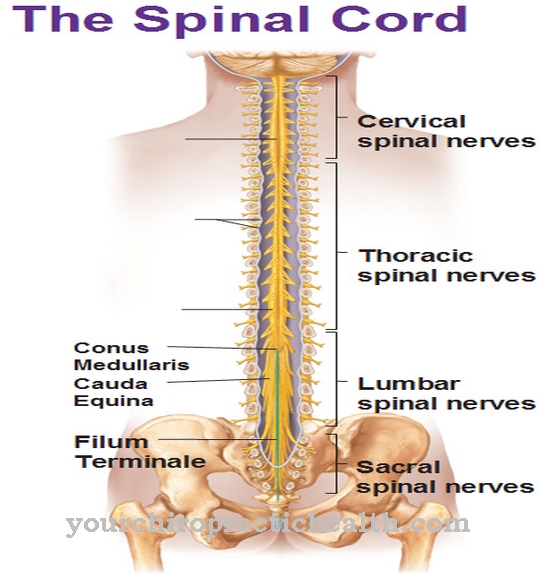
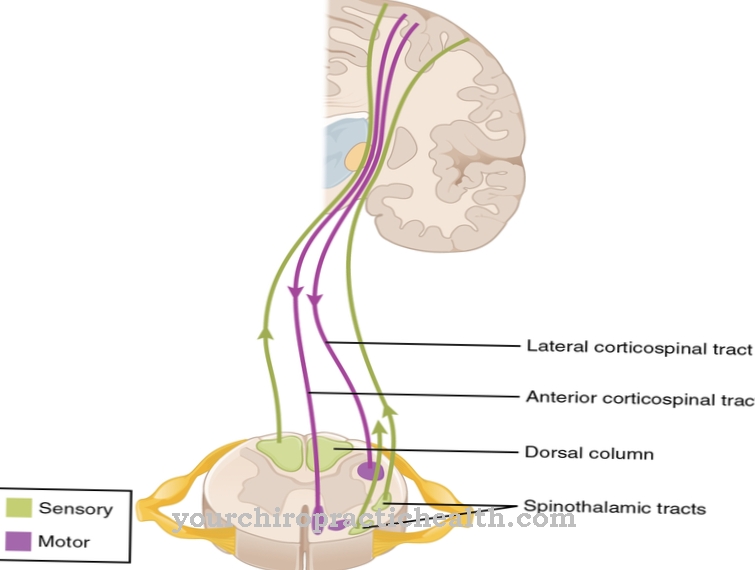
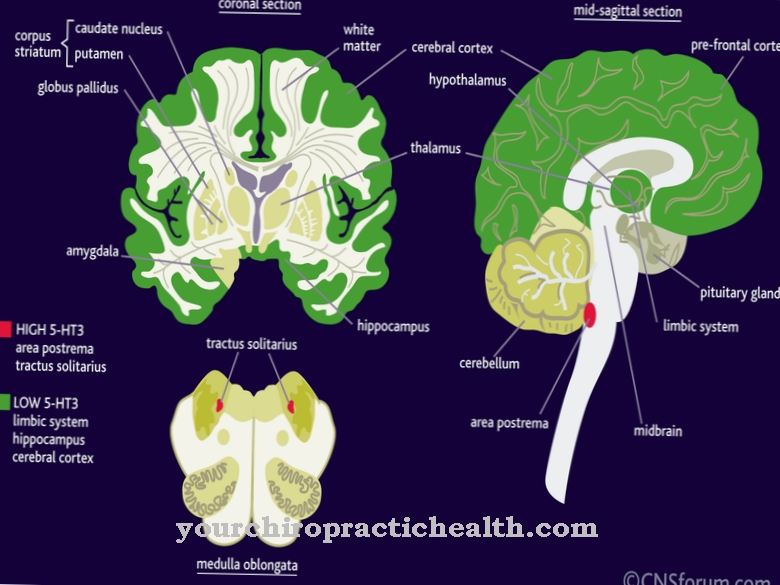
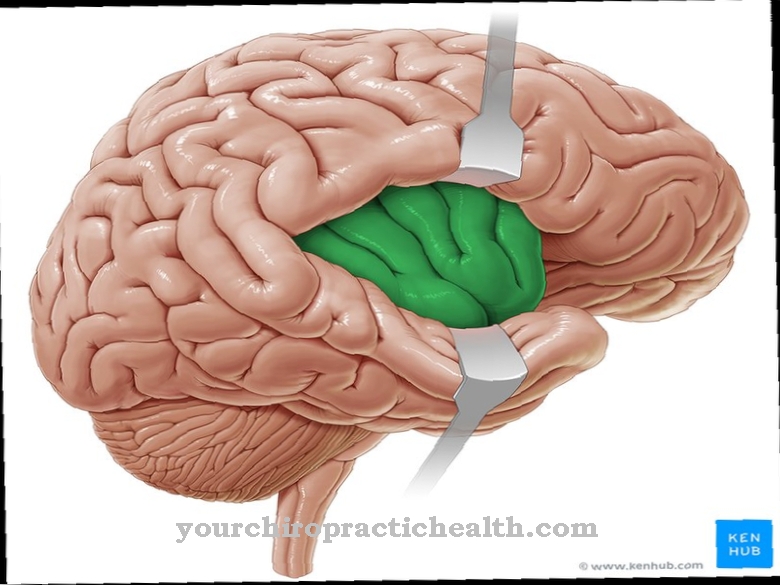
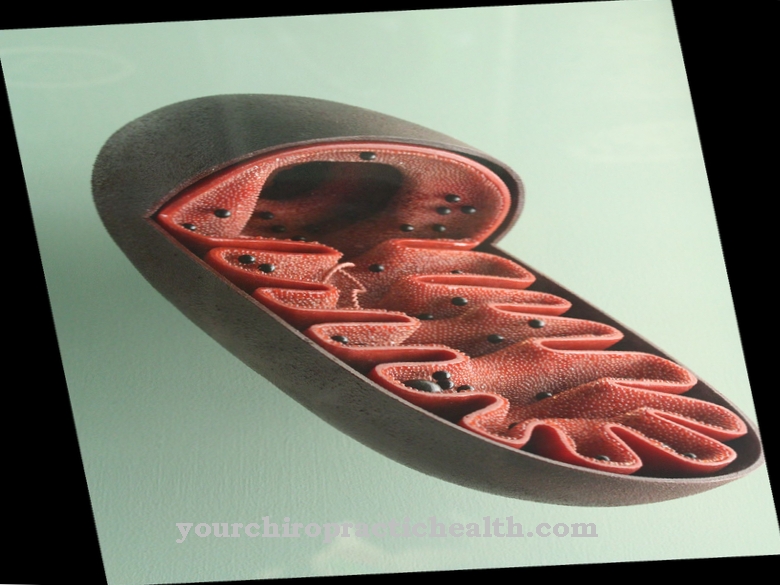






.jpg)

.jpg)
.jpg)











.jpg)